Learn how we create some of the most entangled states in the world and how we have realized the first entangled matterwave interferometer that operates with a phase resolution below the Standard Quantum Limit
About the Thompson Group
Research Areas
Learn how we are working to realize an ultra-stable continuous superradiant laser for probing the universe more precisely.
Learn about our quantum many-body simulator realized by cavity-mediated interactions.
Learn how we are working to make hot atoms and light cooperate.
Stories About Our Research
Research Highlights
In the Spotlight
The U.S. Department of Energy (DOE) has announced a $625 million investment to advance the next phase of the National Quantum Information Science Research Centers, a cornerstone of the National Quantum Initiative. This funding will support five centers dedicated to accelerating quantum technologies that promise transformative impacts on science, industry, and national security. JILA is proud to remain a key partner in QSA through the Q-SEnSE Center, which focuses on quantum sensing and precision measurement.
Read More
Dr. Matthew Norcia, a member of JILA’s extensive alumni network, has been awarded the prestigious 2024 International Union of Pure and Applied Physics (IUPAP) Early Career Scientist Prize in Atomic, Molecular, and Optical Physics. The IUPAP Early Career Scientist Prize honors early career physicists for their exceptional contributions within specific subfields, offering recognition through a certificate, medal, and monetary award.
Read More
The Heising-Simons Foundation's Science program has announced a generous grant of $3 million over three years, aimed at bolstering theoretical and experimental research efforts to bridge the realms of Atomic, Molecular, and Optical (AMO) physics with quantum gravity theories. Among the recipients, a notable grant was awarded to a multi-investigator collaboration spearheaded by the University of Colorado Boulder (CU Boulder) and JILA, a joint institute of CU Boulder and the National Institute of Standards and Technology (NIST).
Read More
JILA graduate students Tyler McMaken, Ran Brynn Reiff, and Julia Cline all win the 2020 CU Physics Department TA awards
Read More
JILA Address
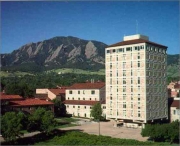 We are located at JILA: A joint institute of NIST and the University of Colorado Boulder.
We are located at JILA: A joint institute of NIST and the University of Colorado Boulder.
Map | JILA Phone: 303-492-7789 | Address: 440 UCB, Boulder, CO 80309


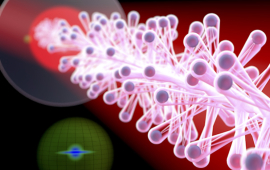
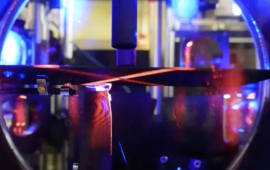
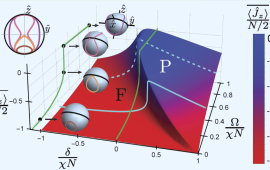
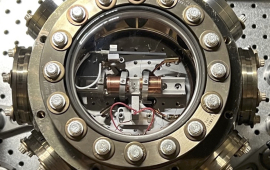

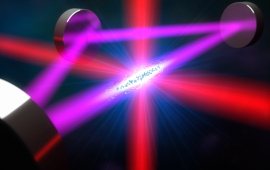

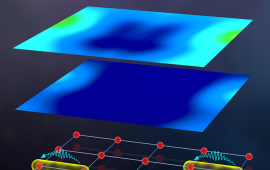
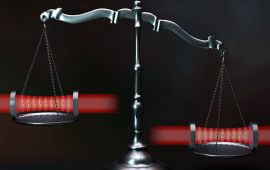
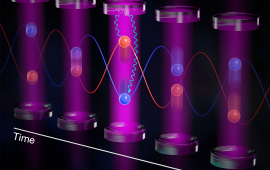
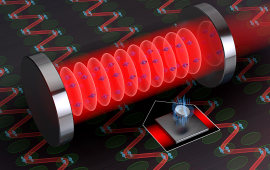
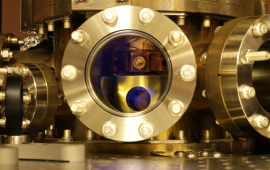
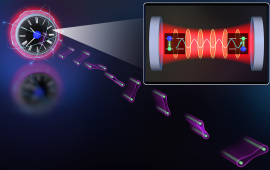

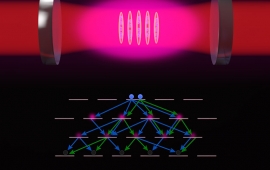

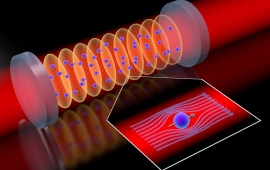
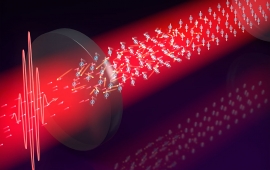

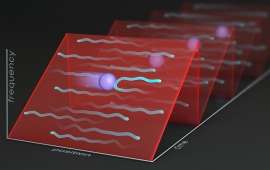
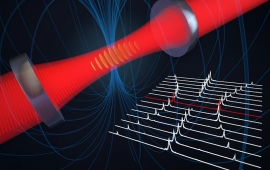
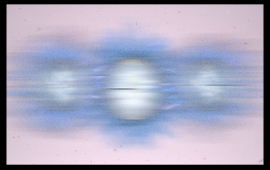
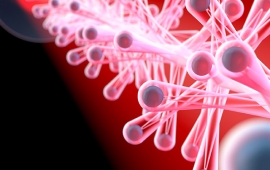
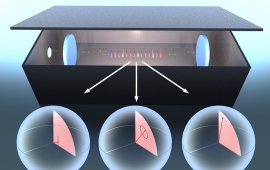
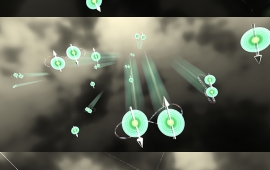

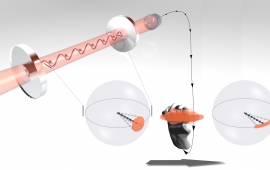
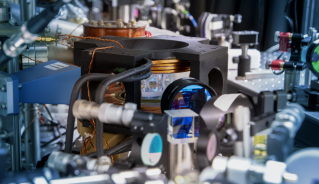


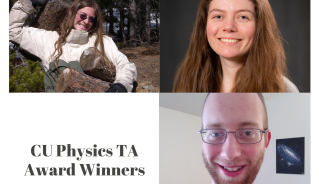
 The Physics Frontiers Centers (PFC) program supports university-based centers and institutes where the collective efforts of a larger group of individuals can enable transformational advances in the most promising research areas. The program is designed to foster major breakthroughs at the intellectual frontiers of physics by providing needed resources such as combinations of talents, skills, disciplines, and/or specialized infrastructure, not usually available to individual investigators or small groups, in an environment in which the collective efforts of the larger group can be shown to be seminal to promoting significant progress in the science and the education of students. PFCs also include creative, substantive activities aimed at enhancing education, broadening participation of traditionally underrepresented groups, and outreach to the scientific community and general public.
The Physics Frontiers Centers (PFC) program supports university-based centers and institutes where the collective efforts of a larger group of individuals can enable transformational advances in the most promising research areas. The program is designed to foster major breakthroughs at the intellectual frontiers of physics by providing needed resources such as combinations of talents, skills, disciplines, and/or specialized infrastructure, not usually available to individual investigators or small groups, in an environment in which the collective efforts of the larger group can be shown to be seminal to promoting significant progress in the science and the education of students. PFCs also include creative, substantive activities aimed at enhancing education, broadening participation of traditionally underrepresented groups, and outreach to the scientific community and general public.